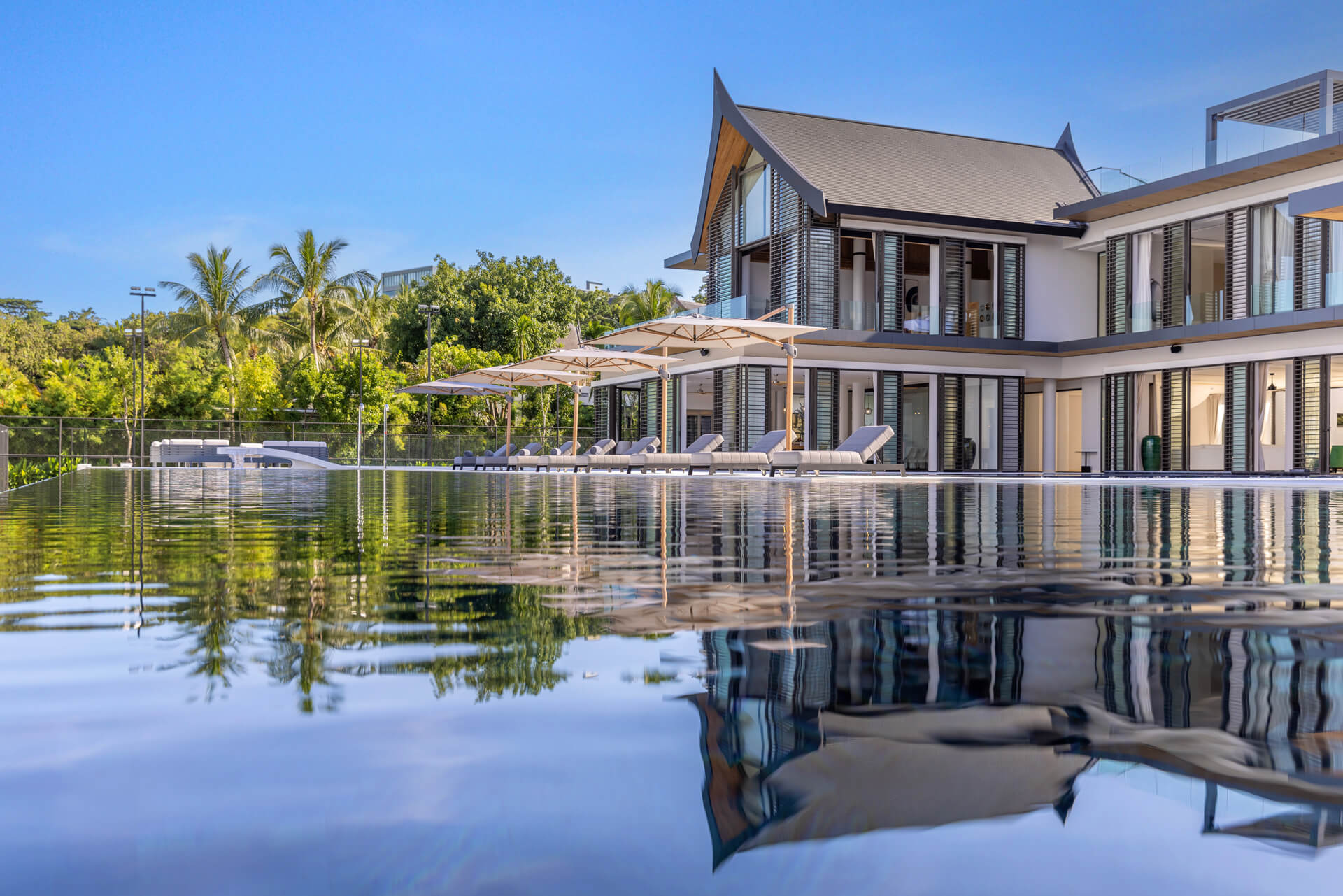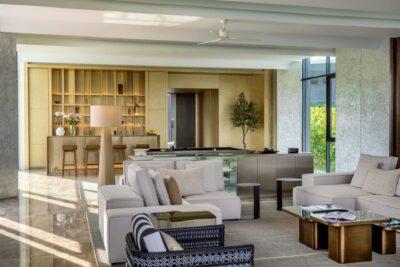Captivating property photography is vital for showcasing and marketing your luxury villa rental. In fact, effective photos are essential for attracting renters as first impressions are crucial. With the majority of vacation rental searches starting online, appealing images are key in engaging potential guests. Which is why high-quality photography plays a vital role in capturing interest, underlining its significance in the digital age for making properties stand out.
For villa owners looking to promote their property effectively, learning the essential marketing skills to stay competitive and leveraging on the power of social media is not enough, because understanding the art of property photography is also an essential factor in attracting more bookings. Understanding the basics and key elements of photography, such as lighting, composition, angles, and staging, can significantly enhance the appeal of a villa in photos. High-quality images that highlight the unique features and beauty of a villa can draw in viewers and entice them to explore more about the property.
Here are some key considerations to keep in mind and practical tips to increase the desirability of your villa photos and make them truly stand out.
1. The time of day
Make sure to capture the allure of your property during both day and night. At daytime, you can harness the natural brilliance of the sun and utilize its warmth to light up interiors with an inviting radiance and emphasize architectural details.
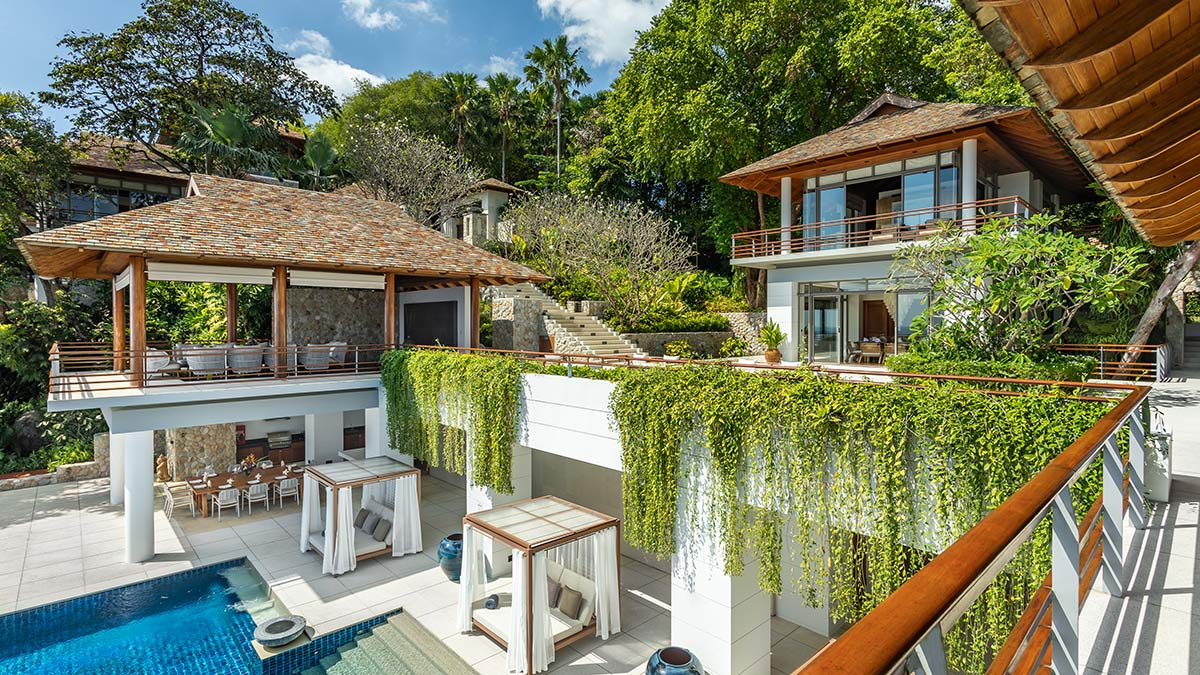
Meanwhile, shooting at night or dusk reveals a sense of enchantment, where carefully orchestrated artificial lighting transforms the darkness into captivating contrasts and soft glows.
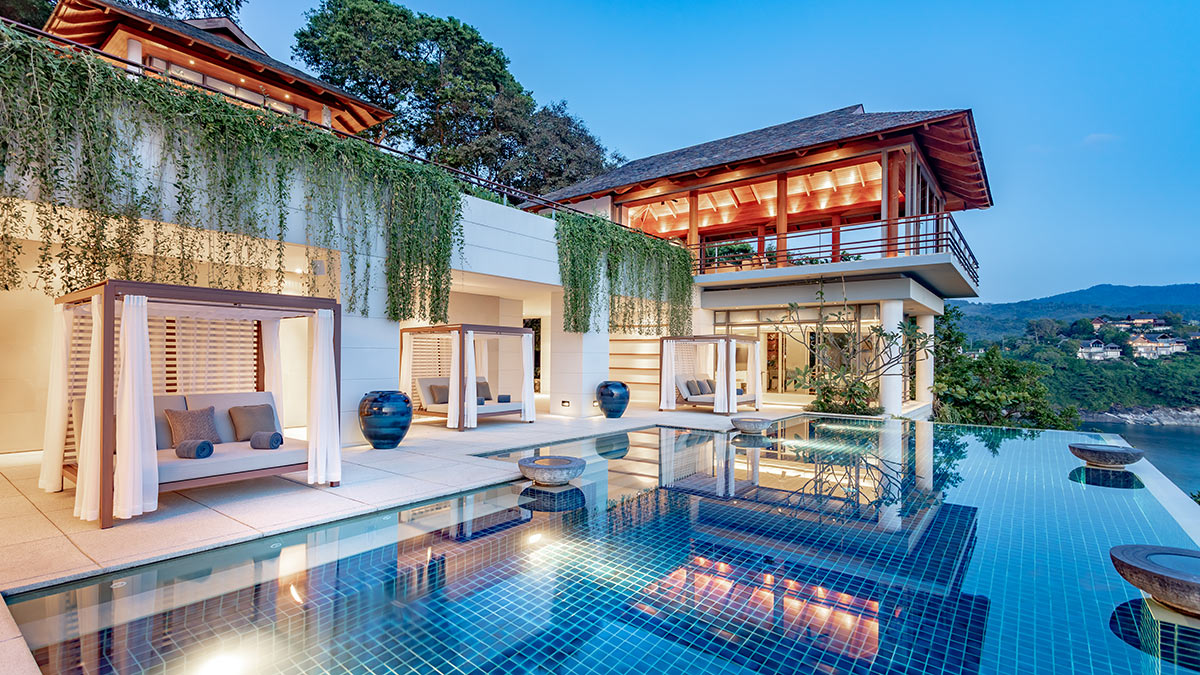
Photographing during both day and night showcases your property’s atmosphere and charm, offering viewers a glimpse into the unique experience of being there during those times.
2. Plan around the weather
The weather condition on the day of the shoot greatly impacts the results of your photos as it directly affects natural lighting, exterior presentation, and the overall mood.
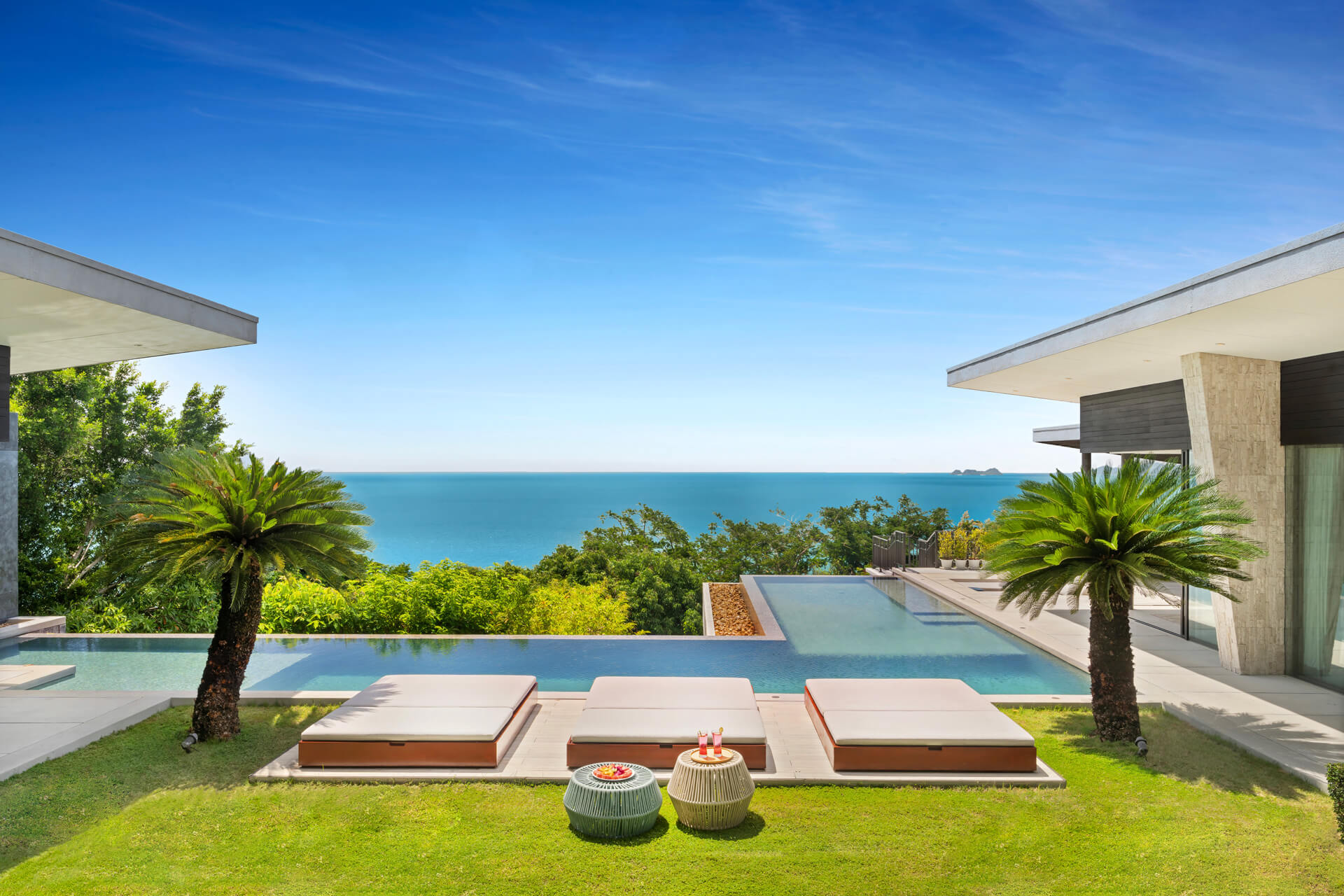
Sunny days help enhance the natural lighting of the villa’s indoor areas, and blue skies are crucial for those important outdoor shots. While overcast conditions or stormy weather can provide a dramatic effect, they aren’t the most ideal time to shoot as they can results in uninviting looking photos and detract from a property’s allure.
3. Establish the landscape
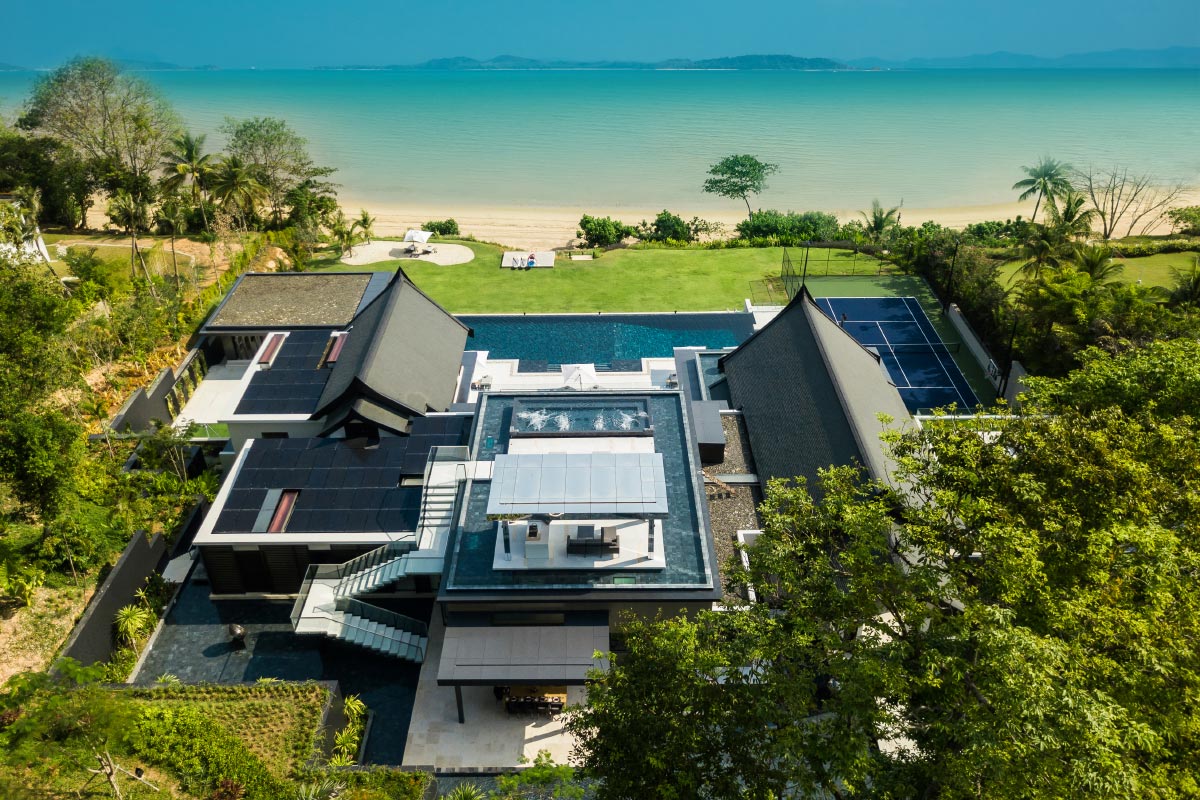
Establishing the location of your villa in photos is crucial for providing context and attracting potential guests. Clearly showcasing the property’s surroundings, whether it may be conveniently located along the beach or looking out from a dramatic clifftop, helps viewers understand its overall appeal.
By visually anchoring the property within its surroundings, villa photos not only inform potential guests, but also aid them in envisioning themselves in the location.
4. Nail the lighting
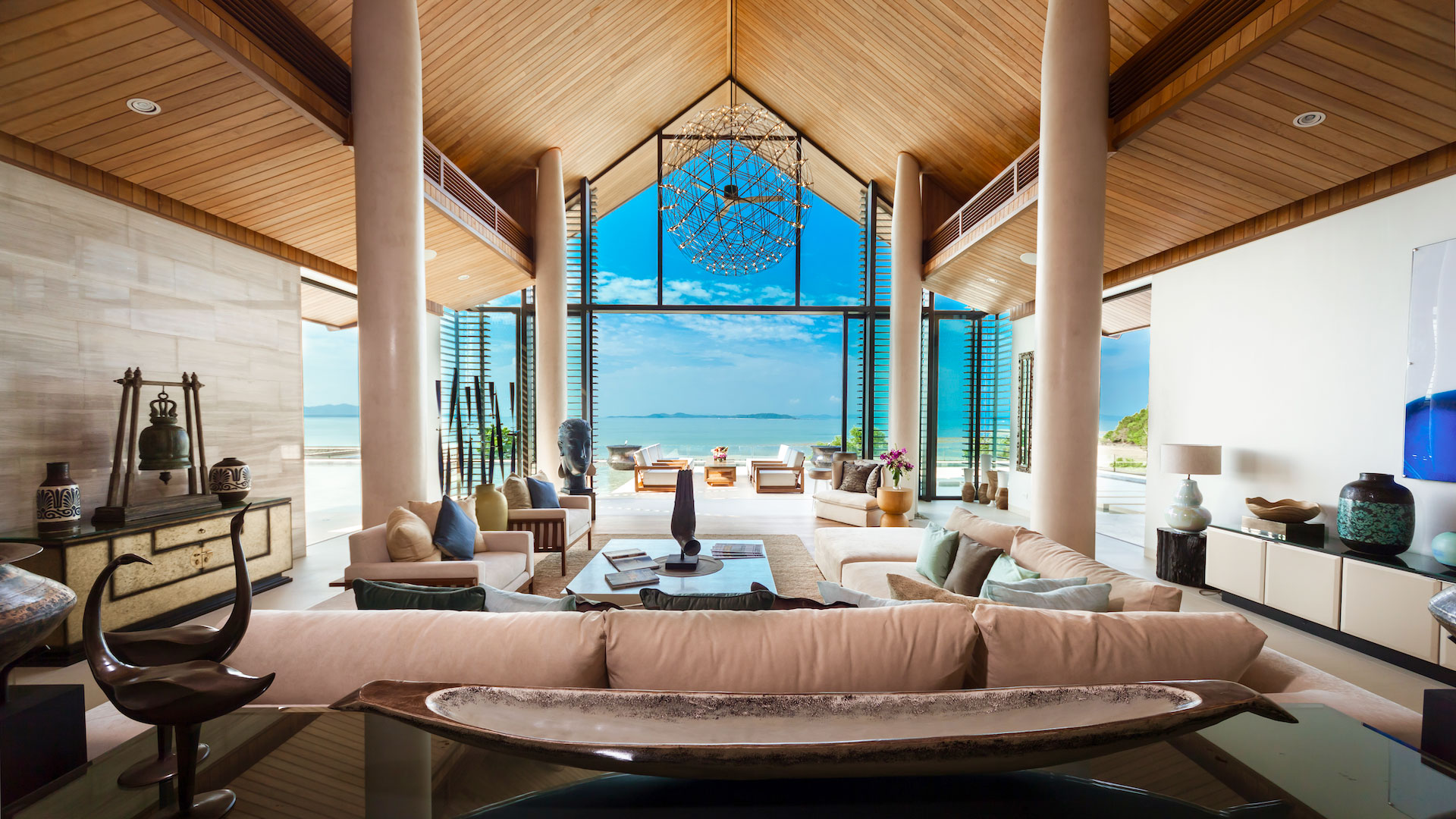
Proper lighting is paramount in shaping the ambiance, mood and overall perception of a villa. While many villas are designed to let natural light illuminate the indoors, strategically positioned artificial lights are also used to ensure that spaces are evenly lit and properly exposed. Balancing light sources and controlling exposure ensures that rooms appear bright, spacious, and welcoming.
Bad lighting can result in dull, flat images with harsh shadows and blown-out highlights, making rooms appear smaller, less inviting and could mislead viewers about the property’s true atmosphere and aesthetic.
5. Invest time in staging
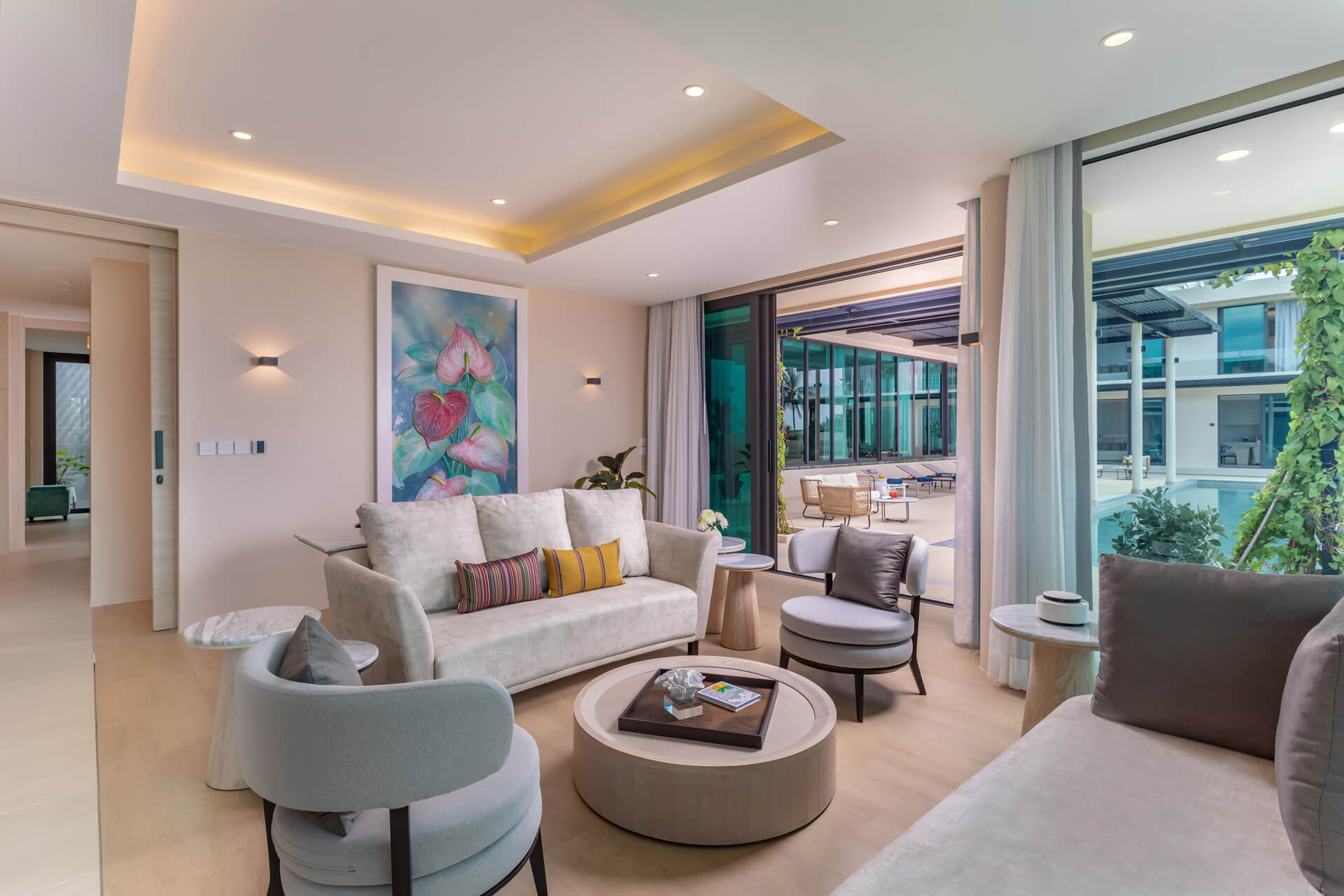
By arranging furniture, decor, and accessories strategically, staging highlights the room and areas key features and maximizes its visual appeal.
Staging is important because it helps create an inviting and aesthetically pleasing atmosphere to capture. It allows viewers to visualize themselves living in the space, making it easier for them to emotionally connect with the property.
This also means keeping spaces tidy, clutter-free and removing items do not add value to the framing.
6. Prepare a Shot List
A detailed shot list is indispensable for ensuring efficiency in capturing and presenting your entire villa. Make sure that all of the bases are covered such as landscape shots, exterior facades, entrances, interiors and key areas, standout features and even detailed shots of design elements.
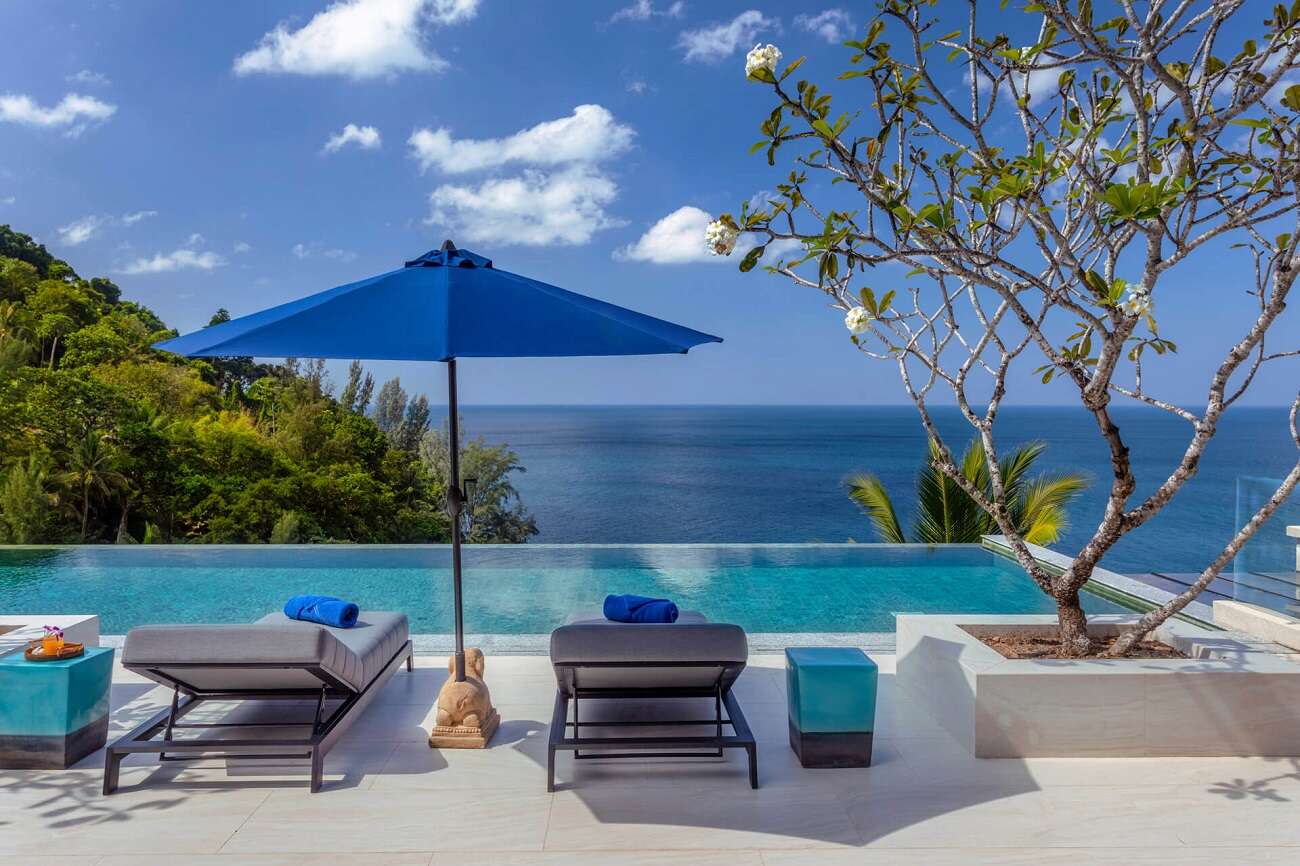
By preparing a list and prioritizing these essential shots, the shooting process is streamlined, thus saving time and resources – as well as making sure that a comprehensive view of the whole property has been captured.
7. Take unique perspectives
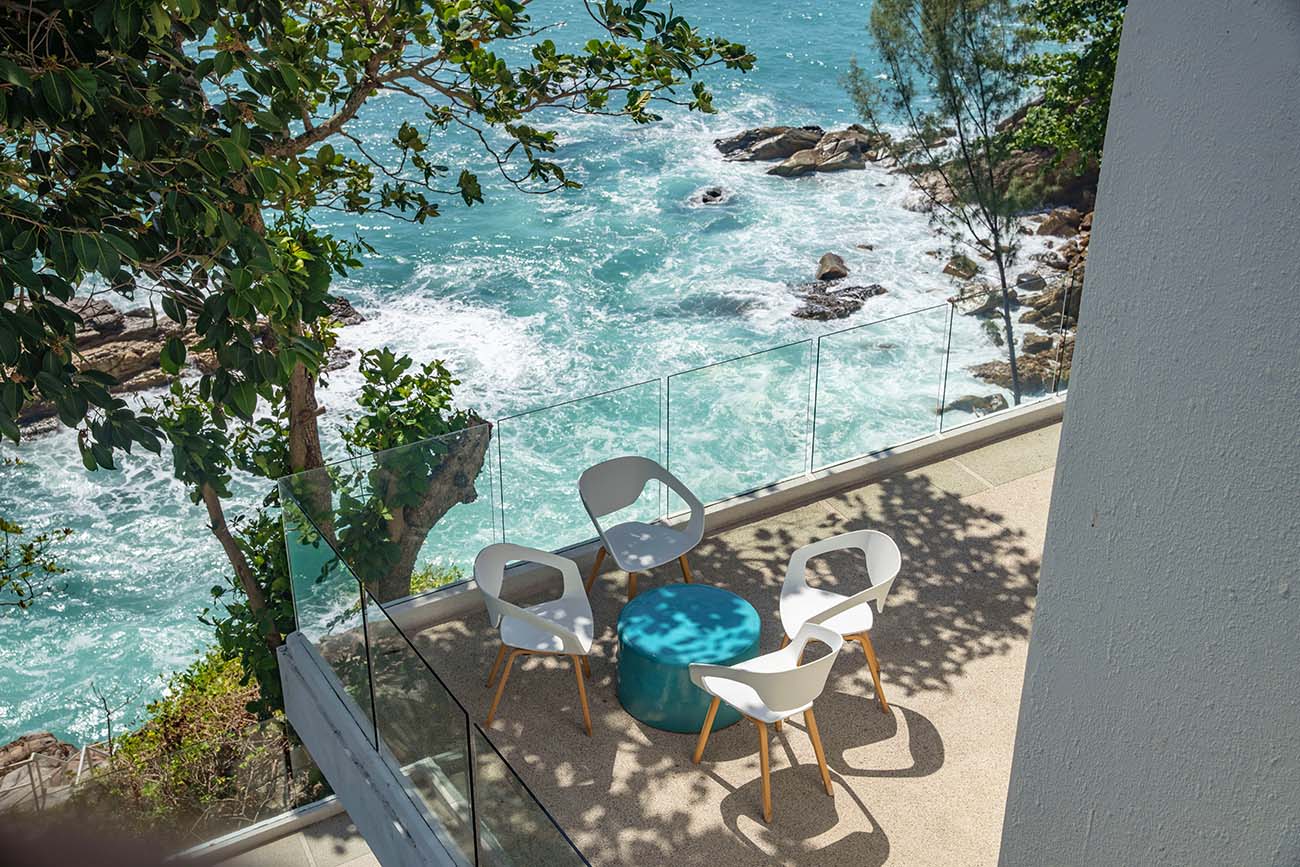
Exploring creative perspectives and angles is key to capturing fresh interpretations of the property.
Utilizing creative POVs such as low-angle shots, bird’s eye views or dynamic diagonals adds visual interest and depth to the composition, drawing viewers into the scene. Moreover, experimenting with unconventional angles offers a glimpse of the property from unexpected vantage points, sparking curiosity and intrigue.
8. Mind your composition and framing
Composition is key for creating visually pleasing, balanced images that highlight the villa’s unique features. Framing shots thoughtfully draws attention to the property’s best attributes, crafting a captivating visual story.
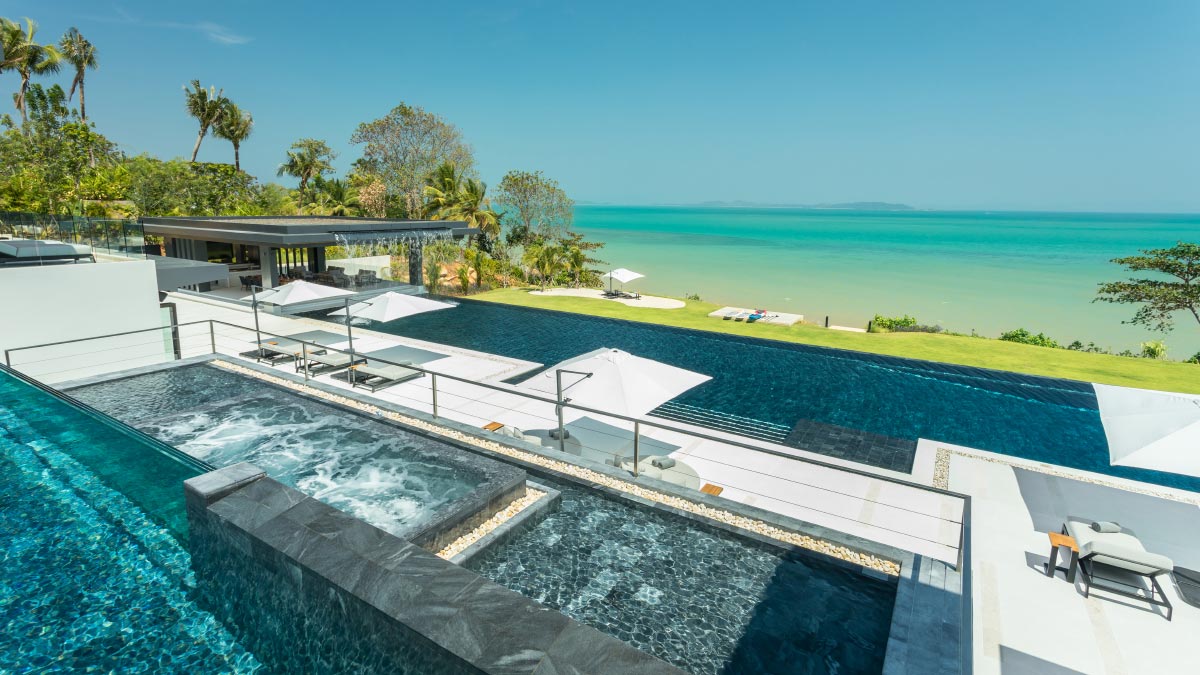
Different viewpoints offer a comprehensive view of the property. Using various perspectives like low angles for grand entrances or high angles for expansive views, or shooting from corners or doorways to create depth and perspective.
Additionally, varying focal lengths allow for versatility in capturing various aspects of the villa. Wide shots can showcase the grandeur of the property, medium length shots can capture whole areas or rooms to show spaciousness and the layout, while closeups can be used to highlight specific details or features with more precision.
9. Showcase its unique selling points
By conveying its most attractive and features, such as architectural details, amenities, or scenic views, you can effectively communicate the value and desirability of your property to potential guests.
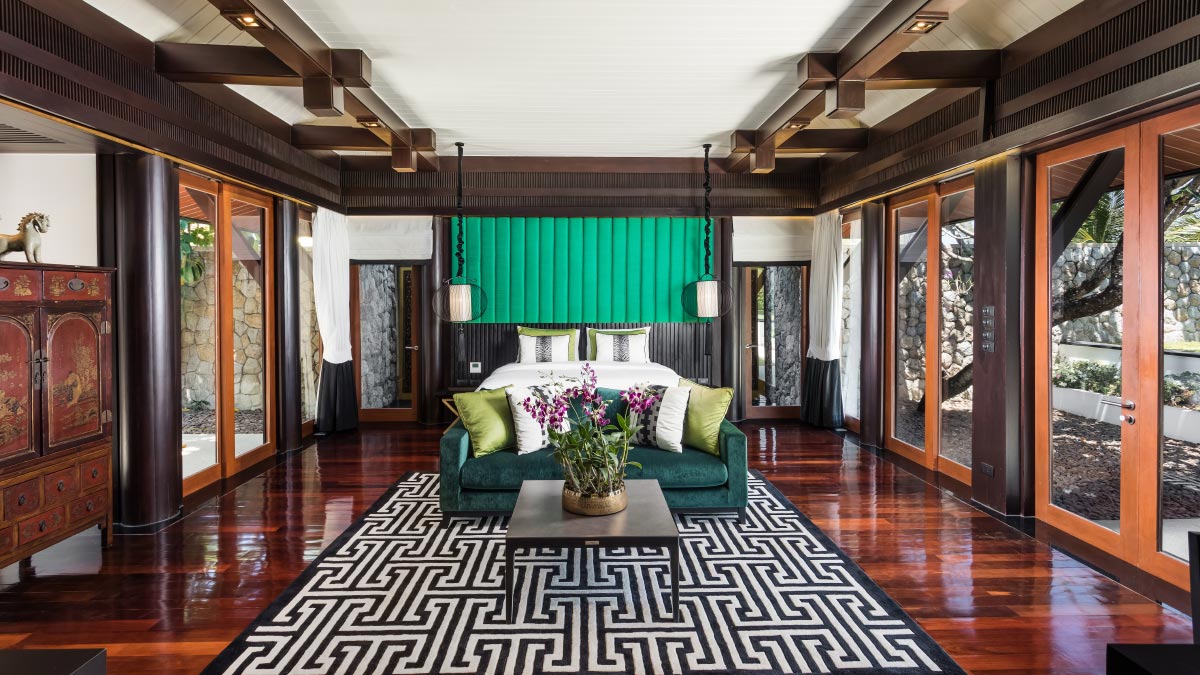
Capturing their attention generates interest, and ultimately, increases the likelihood of inquiries and bookings. Additionally, highlighting USPs in photography not only creates a strong impression, it also sets your villa apart from others in the market.
Related article: Highlighting Your Villa USPs to Attract More Bookings
10. Apply tasteful post-processing
Post-processing is vital in property photography as it polishes photos to perfection, enhancing their visual appeal and maximizing the property’s attractiveness.
Through techniques like color correction, exposure adjustment, and perspective correction, post-processing ensures that photos accurately represent the property’s features and ambiance.
Additionally, it allows for the removal of distracting elements, such as clutter or imperfections, resulting in clean, polished images that showcase the villa in its best light.
—
For more villa photography ideas and samples, see our full collection of luxury villas in Phuket and luxury villas in Koh Samui.


